According to the latest statistics, the number of Australian student visas issued worldwide in the past 10 months was lower than the same period last year, and not even at pre-pandemic levels, the reason is believed to be due to recent regulations.

Vietnamese students listen to a representative from an Australian university share in August
Number of Australian student visas decreased by 38%
Studymove, an Australian-based consultancy, released its latest statistics and analysis on the country’s international education sector on October 17. The data shows that in the past 10 months (from October 2023 to August 2024), Australia issued 297,717 student visas to international students. This is 38% lower than the same period last year and 12% lower than the pre-pandemic level in 2018-2019.
According to our research, August is the start of one of the most popular intake periods in Australia, so choosing this time frame reflects quite fully the picture of international students coming to this country in 2024.
This decline comes as the Australian international education sector has seen a number of policy changes over the past 12 months, including more than doubling student visa fees, increasing financial and English requirements for student visas, and reducing the duration and age limit for post-study work visas. This means that studying in Australia is now more expensive but the chance of staying is not as good as before.
Specifically, vocational students were the hardest hit, with student visas down 67%, followed by English language courses (50%) and university (25%). The impact of the policy also affected students from different countries unevenly, with Colombian and Filipino students seeing the biggest declines (down 62-67%), while Chinese and Sri Lankan students were less affected (7%). In Vietnam, the number of Australian student visas issued fell 28%, to 12,604.
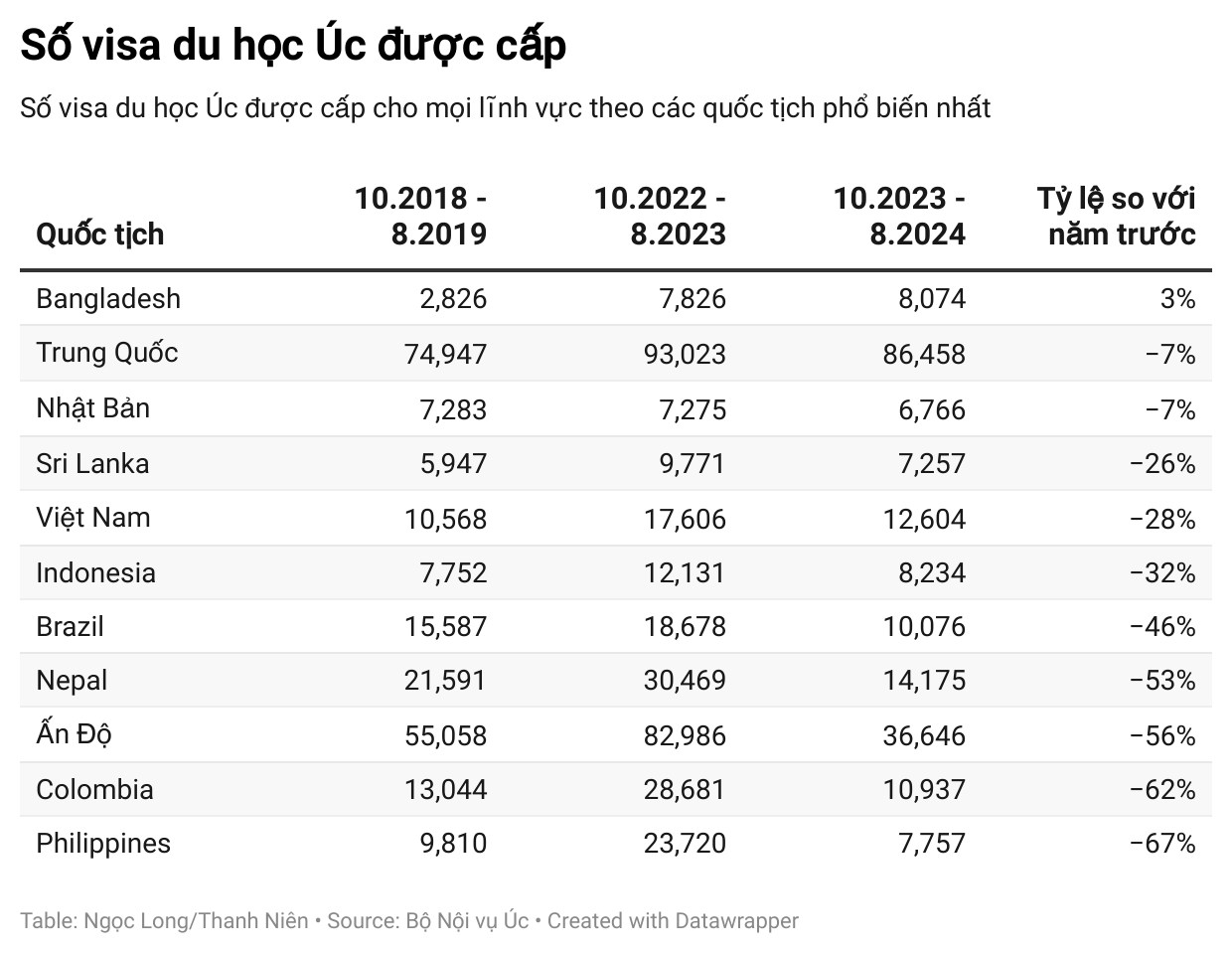
Among the top nationalities applying, only Bangladeshis were granted more student visas than the same period last year.
In addition, the impact of the states in Australia is also different, such as the outlying areas (Tasmania, Northern Territory, down up to 46%) are more heavily affected than the central areas (New South Wales, Victoria down 35-37%). "The policy changes all year long have made it difficult for international students to know which way to go," said Mr. Keri Ramirez, CEO and co-founder of Studymove, when sharing the statistical results.
Mr. Ramirez also emphasized that although the Australian government wants to keep the number of international students at 2023 levels with the proposed cap on enrollment, the reality shows that the number of new students enrolling in the second half of 2024 is 11% lower than the same period in 2023. Mr. Ramirez also analyzed the different impacts of the new policy on different countries and this shows that the current regulations are causing a lot of disruption for both students and schools.
How do universities respond?
According to a report from Studymove, in order to cope with the new policy, Australian universities have had to adjust their recruitment and promotion methods to compete in the current context. Specifically, the cap on recruitment has created two groups of schools with different strategies. The first group, which is limited in its quota, is forced to reduce the number of international students to meet the new quota.
Studymove said that in order to stay afloat, the group is focusing on maximizing revenue from existing students by increasing tuition fees and adding more high-fee programs. Many are also looking at alternatives such as online learning and joint training to maintain their international presence without violating domestic enrollment limits.
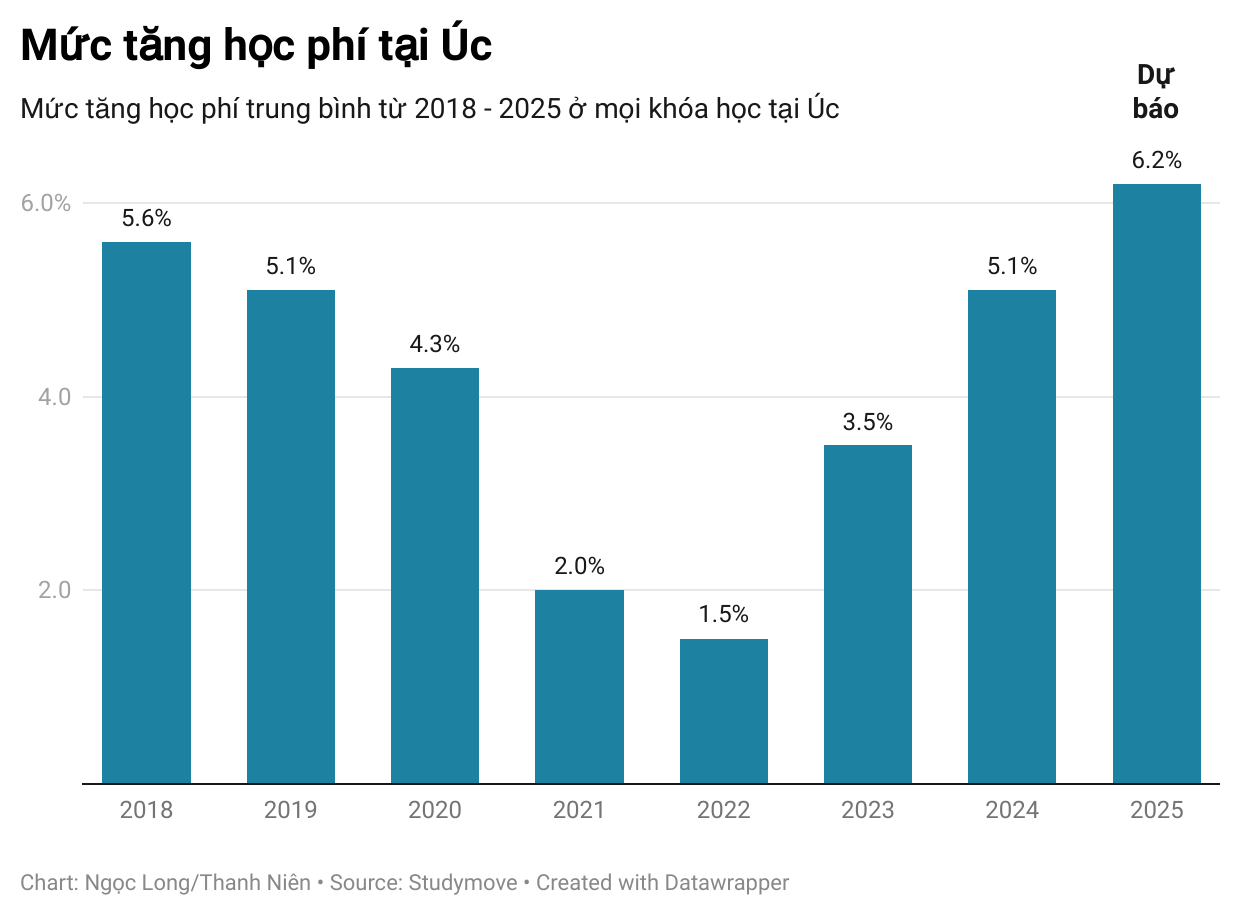
Tuition fee increase in 2025 is forecast to be the highest ever
The second group are universities with room for growth. According to Studymove, this group focuses on expanding market share by offering scholarships and increasing enrollment in underserved markets. They also seek to differentiate themselves from their competitors by offering specialized programs and courses that meet global needs.
“The general trend across both groups is to increase alternative forms of training. With the new quota limiting the number of students studying directly in Australia, many institutions are looking to expand their programs and partnerships overseas. This allows them to reach international students without exceeding the limit and this trend is expected to continue as universities look to expand enrolments while remaining compliant,” the report said.
By 2025, Studymove predicts average tuition fees for international students will rise by 6.2%, the highest increase since 2018, as universities enter "emergency mode".
According to statistics from the Australian Department of Education, by July 2024, there were 793,335 international students studying courses in Australia. Of these, Vietnam had 36,221 people, ranking 5th. At leading universities, the number of Vietnamese students and researchers accounts for a significant proportion, about 600 people at the University of Melbourne, 400 people at the University of Adelaide or in the top 10 in terms of number at the University of Queensland...
Source: https://thanhnien.vn/sau-loat-that-chat-chinh-sach-so-visa-du-hoc-uc-cap-cho-nguoi-viet-giam-28-185241023165139301.htm


![[Photo] Flooding on the right side of the gate, entrance to Hue Citadel](https://vphoto.vietnam.vn/thumb/1200x675/vietnam/resource/IMAGE/2025/10/28/1761660788143_ndo_br_gen-h-z7165069467254-74c71c36d0cb396744b678cec80552f0-2-jpg.webp)
![[Photo] Hue: Inside the kitchen that donates thousands of meals a day to people in flooded areas](https://vphoto.vietnam.vn/thumb/1200x675/vietnam/resource/IMAGE/2025/10/29/1761738508516_bepcomhue-jpg.webp)
![[Photo] National Assembly Chairman Tran Thanh Man received a delegation of the Social Democratic Party of Germany](https://vphoto.vietnam.vn/thumb/1200x675/vietnam/resource/IMAGE/2025/10/28/1761652150406_ndo_br_cover-3345-jpg.webp)


![[Photo] Prime Minister Pham Minh Chinh chaired a meeting to discuss solutions to overcome the consequences of floods in the central provinces.](https://vphoto.vietnam.vn/thumb/1200x675/vietnam/resource/IMAGE/2025/10/29/1761716305524_dsc-7735-jpg.webp)
![[Infographic] Vietnam's socio-economic situation in 5 years 2021-2025: Impressive numbers](https://vphoto.vietnam.vn/thumb/402x226/vietnam/resource/IMAGE/2025/10/29/1761730747150_anh-man-hinh-2025-10-29-luc-16-38-55.png)







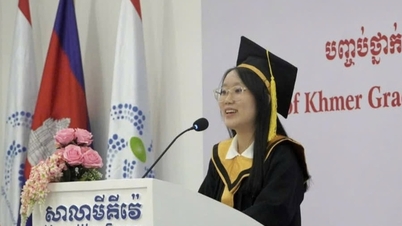












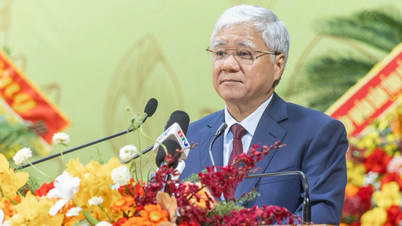














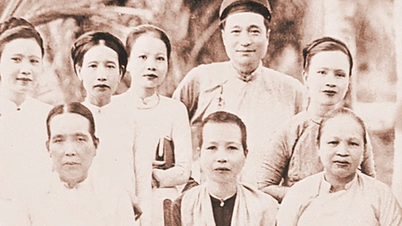


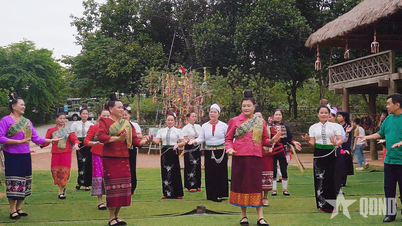



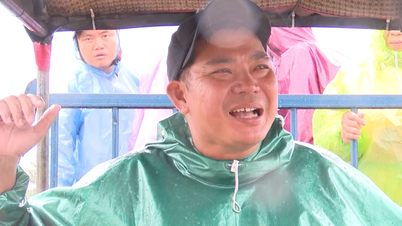





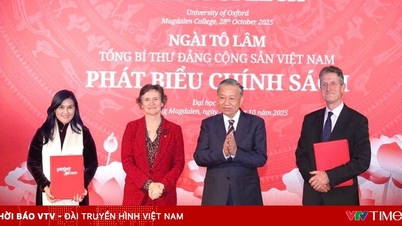

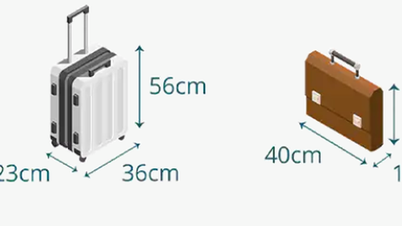






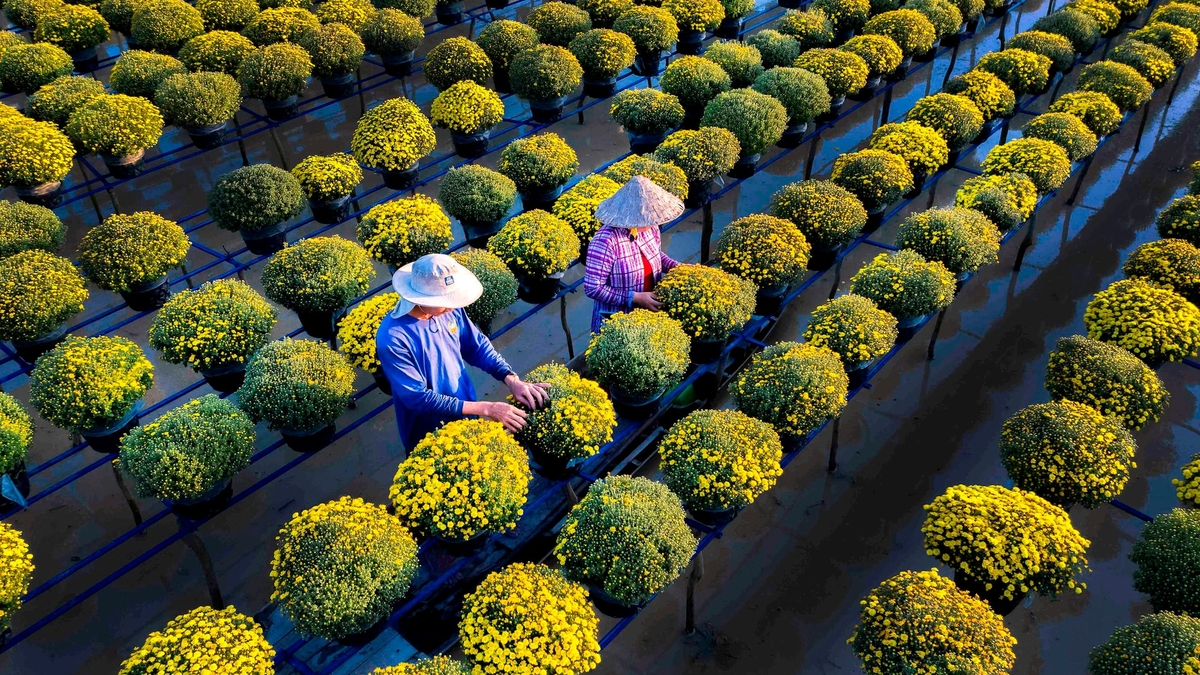


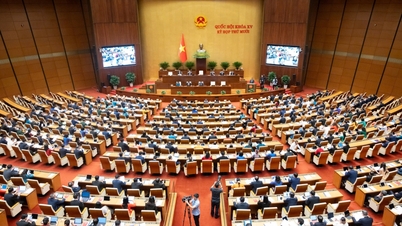
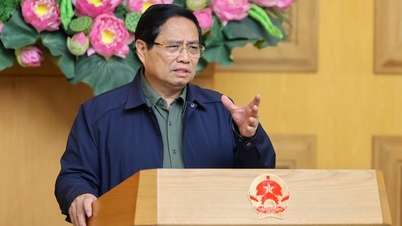
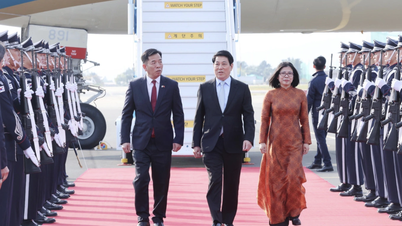

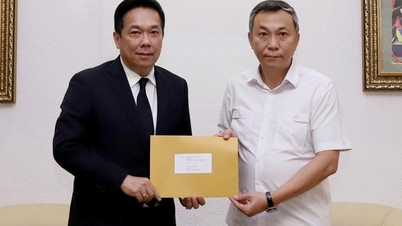


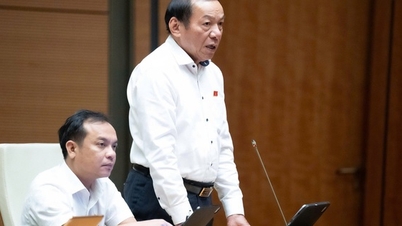
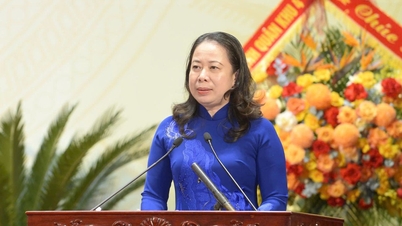

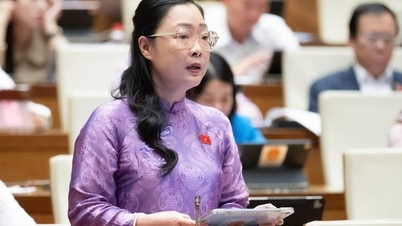

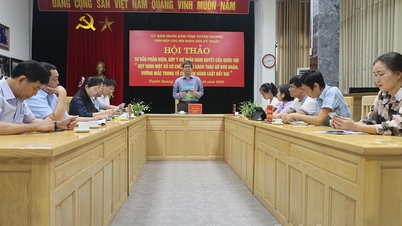



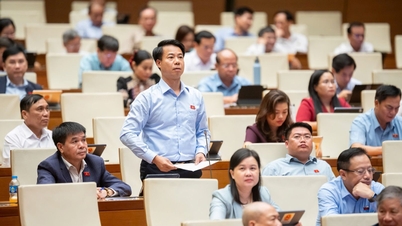

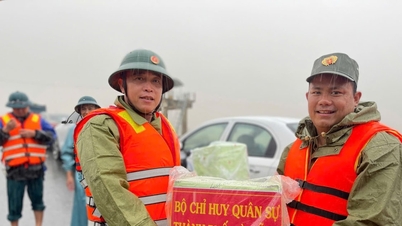
















Comment (0)